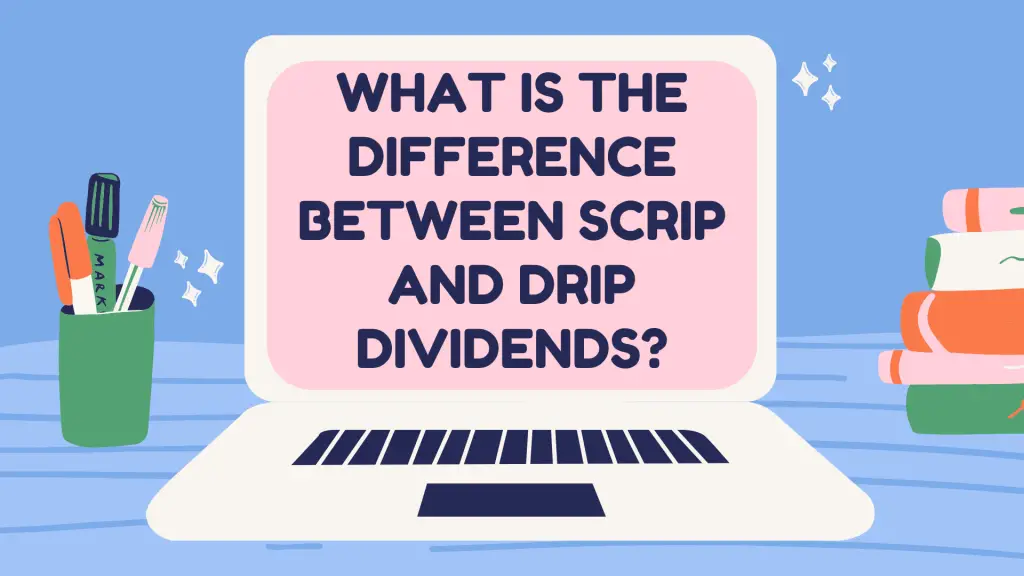The ownership of a company is sold through its shares. The company issues its shares that can be bought by different investors. Once investors buy these shares, they become the owners of the company, also known as its shareholders.
The shareholders of the company are given different compensations for their investment in the company. These compensations can be in many forms, such as dividends, voting rights, etc.
Dividends are the compensation paid to the shareholders of a company from the earnings of the company.
These dividends are given in many forms, but most commonly, these dividends are paid in cash.
The dividends of a company are paid from its earnings after a specific period, for example, quarterly, bi-annually, or annually.
These are generally first approved in the annual general meeting of the company before they are paid to the shareholders.
Companies may also pay dividends in many other forms. These include stock dividends, property dividends, special dividends, etc.
Two other types of dividends paid out by companies in which stocks of the company are given to the shareholders are scrip dividends and DRIP dividends, also known as the Dividend Reinvestment Program.

Scrip Dividends
Scrip dividends of a company are paid in the form of a certificate to the shareholders.
The certificate is an offer to the shareholders of the company, which gives them the option to either receive their dividends in the form of cash, in the future or in the form of stocks of the company.
The shareholders do not have to pay for the stocks if they select the latter option.
This type of dividend is used by companies to avoid paying cash to their shareholders. This can be used in circumstances when the company does not have enough cash to pay to its shareholders or may need its cash reserves for some other activity in the future.
Companies can also decide the number of shares that are to be given to the shareholders.
For shareholders, this type of dividend can also be beneficial as they are compensated even when the company cannot afford to pay dividends to the shareholders.
Furthermore, the shareholders can also simply sell the shares received as dividends for capital gain.
Similarly, it allows shareholders to receive additional shares of the company without paying any transaction fees related to acquiring new shares, such as broker’s commissions, stamp duty, etc.
DRIP Dividends
DRIP stands for Dividend Reinvestment Plan. This is a program that is offered to the shareholders to allow them to reinvest their cash dividends in the shares of the company.
The offer to reinvest in the shares of the company comes in the form of investing in the existing shares of the company.
Sometimes, it may also offer a discount towards any future purchase of the company’s shares by the shareholders.
DRIP dividends are mostly used by companies to encourage shareholders to invest in the company. DRIP program can also generate extra funds for the company, unlike scrip dividends, where shares are given out without any compensation received.
The company operating the DRIP program may also give shareholders access to the program even outside of just reinvesting their dividends.
For shareholders, like scrip dividends, the shareholders get the option to select whether they want to reinvest their dividends in the program or not.
The shareholders also have the option to reinvest a portion of their dividends and take some dividends in cash form. However, unlike scrip dividends, shares form the DRIP program may have some transaction costs for the shareholders.
Differences
The main difference between scrip and DRIP dividends is that when a company offers scrip dividends, new shares of the company are issued to the shareholders of the company. Shareholders avoid transaction fees when paid scrip dividends.
However, in the DRIP program, existing shares of the company are purchased from the market which might be subject to certain transaction fees.
This also means that a scrip dividend issue will dilute the share price of a company due to new shares being introduced by the company.
However, the DRIP program will not dilute the share price of the company as existing shares are given to the shareholders.
Conclusion
There are many options available to a company when deciding on how to pay its dividends. Two of the options are scrip dividends and DRIP dividends.
Scrip dividends give the shareholders the option to be compensated in new shares of the company rather than cash dividends.
DRIP program offers the shareholders the option to reinvest their dividends in existing shares of the company.
Since new shares are issued is a scrip issue, these may cause a share price dilution for the company. This is not the case with the DRIP program, where existing shares are used instead.
